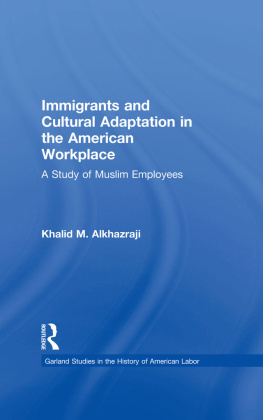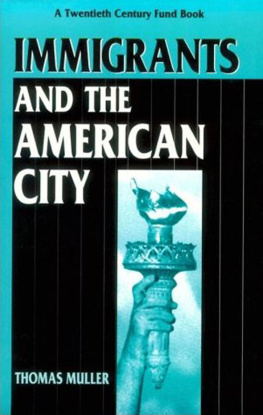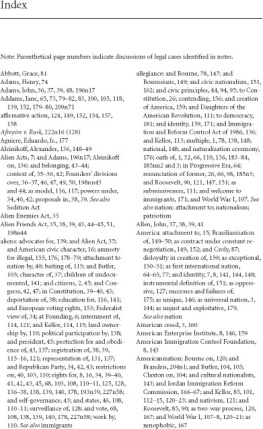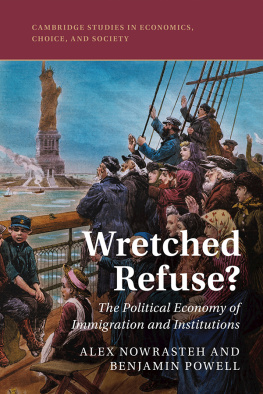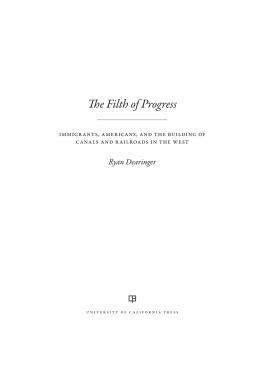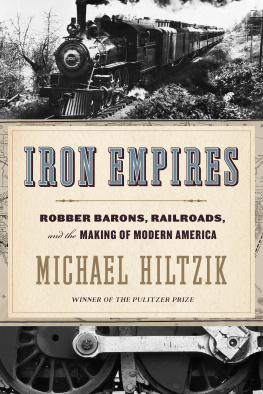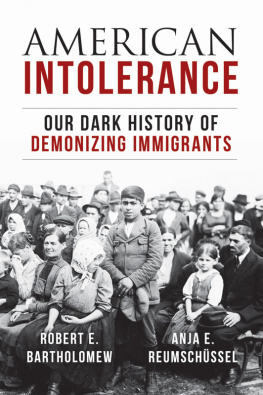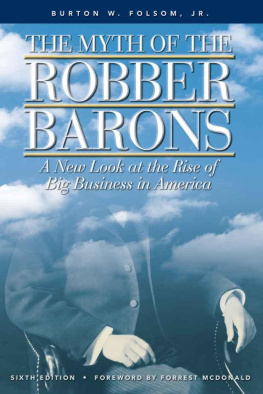Acknowledgments
No project of this magnitude is solely an individual effort. Over the many years during which I researched and wrote this book, numerous individuals and institutions provided invaluable assistance and support. To one and all, with recognition that I will overlook some of those who aided me with this arduous task, I would like to offer my heartfelt appreciation.
Numerous librarians and archivists helped me locate pertinent materials. Staffs at the Hagley Library, Newberry Library, California Historical Society, Huntington Library, Stanford University Library, Chicago Historical Society, and Minnesota Historical Society offered their expertise in identifying relevant collections and cheerfully retrieved multiple boxes. Other depositories assisted with requests for photocopies. The University of Wisconsin Interlibrary Loan program gave access to books and journals not available at my home library.
Scholars too numerous to note read draft chapters, commented on related conference papers, or responded to research questions. Those who provided special assistance include Kevin Kenny, Skip Hyser, Chris Arndt, Erika Lee, Kurt Leichtle, and Melvin Dubofsky. Appreciation also goes to the anonymous outside reviewers, for their insightful comments and suggestions for improvements.
The phenomenal staff at Northern Illinois University Press played several key roles in this endeavor. Years ago, when I was completing a previous book on the Dillingham Commission, the then acquisitions editor suggested Robber Barons and Wretched Refuse as the title for that work. Not used then, it planted the seed for this book. Current editors Amy Farranto and Nathan Holmes worked with me to polish the work and make it worthy of publication. Of course, I alone bear responsibility for all statements of fact, interpretation, and opinion, and for any errors or other failings.
The University of Wisconsin-Stout, my institutional home, has provided immeasurable support. My colleagues in the social science department, along with philosopher Tim Shiell, Dean Maria Alm, Chancellor Bob Meyer, and the late chancellor emeritusand fellow historianCharles Chuck Sorensen, encouraged me to pursue my research and envision successful results. It has been my pleasure to work with all of them and with others in the campus community.
Finally, I owe special thanks to my family and friends. Bob and Glenda Niemiec, David and Melva Radtke, Steve and Barb Diederichs, Gary Johnson, and Laurie Pittman, I cannot thank you enough for bringing vitality and alacrity to my often-solitary scholarly life. You never failed to put a smile on my face. My greatest debt is to my family. My brother, Tom Zeidel, is also a dear friend whose support spans several decades. My daughter, Maggie, a K-12 music teacher, brings constant joy to my life. To my wife and best friend, Julie Stenberg Zeidel, I owe not just thanks for reading multiple drafts of each chapter of this book, but for a life well-lived. My late sister-in-law, Betty Zeidel, read sections that I could not seem to get right and offered keen suggestions as to how to get them to say what I wanted. It is to her memory, to that of a scholar and friend, that I dedicate this book.
Introduction
Capitalists and Immigrants in Historical Perspective, 18651924
Industrialization and the class structure it engendered defined the United States into which millions of late nineteenth- and early twentieth-century immigrants entered. During the sixty years between the end of the Civil War and the mid-1920s, big businesses replaced small, often family-owned concerns as the nations primary producers of goods and providers of services. The antebellum milieu, with its putative promise of upward social mobilityat least for white malesgave way to one defined by readily visible and largely insurmountable socioeconomic stratification. People at the top, those who owned and operated big businesses, exercised the eras defining power and influence. For the working class, which included most of the eras immigrants, the consolidation of capital and the rise of large corporations effectively decreed a lifetime of wage-earning and determined the nature of labor.
The eras social and economic changes led to considerable contention. Industrialization created incredible wealth, but questions of its distribution and the treatment of those who produced it engendered persistent social turmoil. Labor naturally desired some voice in wages and working conditions. Management and its supporters habitually responded with a strategy of defining the workers protests as the product of imported radicalism, and identifying immigrants as the purveyors of these dangerous foreign doctrines.means of social control. Americansan amorphous group herein defined as those who considered themselves to be the nations established populationsaw their country as land of liberty, a place to which immigrants could come to satisfy their yearning to breathe free. Yet this freedom did not include the right to embrace ideologies that condemned US capitalism or criticized the polity that supported it, let alone any efforts to overthrow it. Natives judged any such radicalism to be inherently un-American, and business leaders exploited assertions of a cause-and-effect relationship between immigrants and subversion. Concerns about immigrant radicalism emerged in the earliest instances of industrial labor unrest, effectively stifled numerous challenges to managerial power, and eventually contributed to the enactment of extreme restrictions during the 1920s. Ironically, the business leaders who habitually linked immigrants and labor unrest saw their pronouncements used to curtail access to the immigrant labor pool on which they relied.
This study explores how the convergence of class and ethnicity influenced the course of American history during the decades of industrialization, showing how it engendered negative perceptions of immigrant workers, ultimately leading to their exclusion. It examines how and why the tumultuous events that fundamentally and dramatically changed the United States led to class conflict, and how and why Americans came to blame the associated unrest on an alien presence manifested in immigrants. In the words of one naturalized citizen (who ironically professed to be in sympathy with labor), workplace troubles started when foreigners began coming to the Land of Promise in considerable numbers, and thenceforth incidents of labor violence were frequent. Appreciation of this aspect of American labor and ethnic history broadens historical understanding of US immigration, notably how the resident population has responded to the presence of large numbers of foreigners. Emphasis on the ideological reasons for the denigration of aliens expands on and complements the prevalent nativist interpretation, which stresses intense opposition to foreigners based on cultural antipathies and ethnocentric judgments . Comprehension of how allegations of subversion combined with nativism to taint industrial-era immigrants requires appreciation of three intertwined components: the views and actions of the capitalists who controlled the nations commercial enterprises; the behaviors and beliefs of the working class, including its numerous immigrants; and the nature of the sources that reveal their histories.


